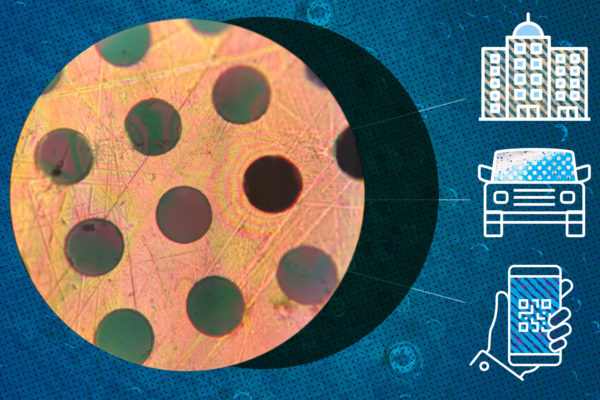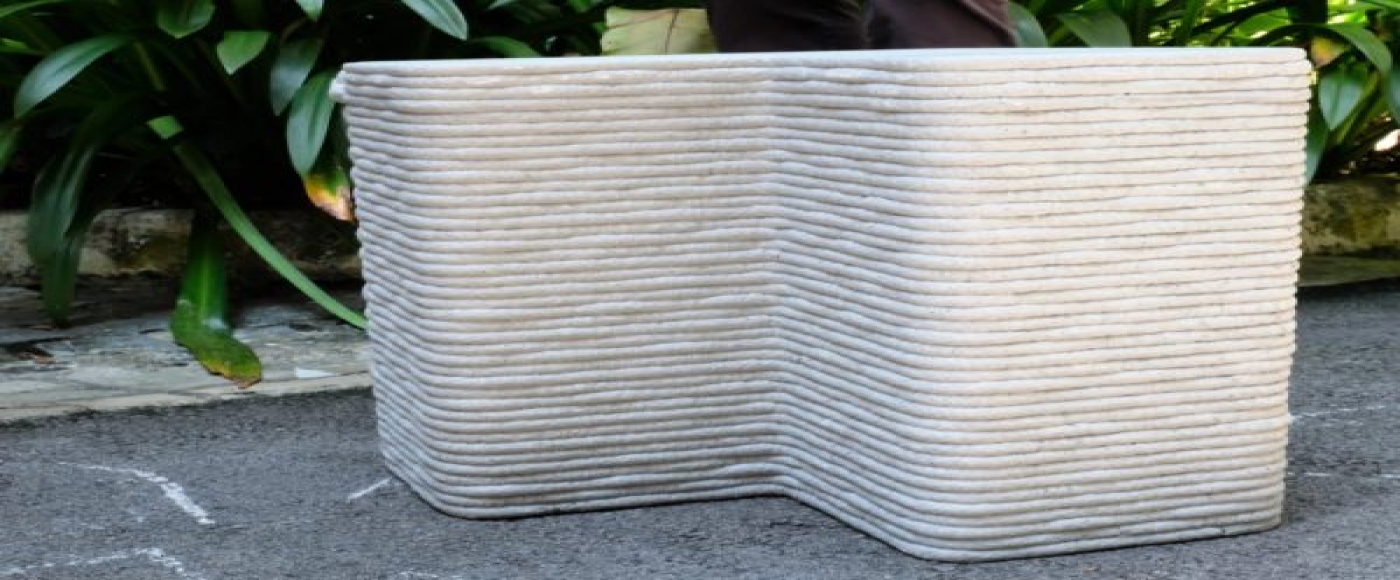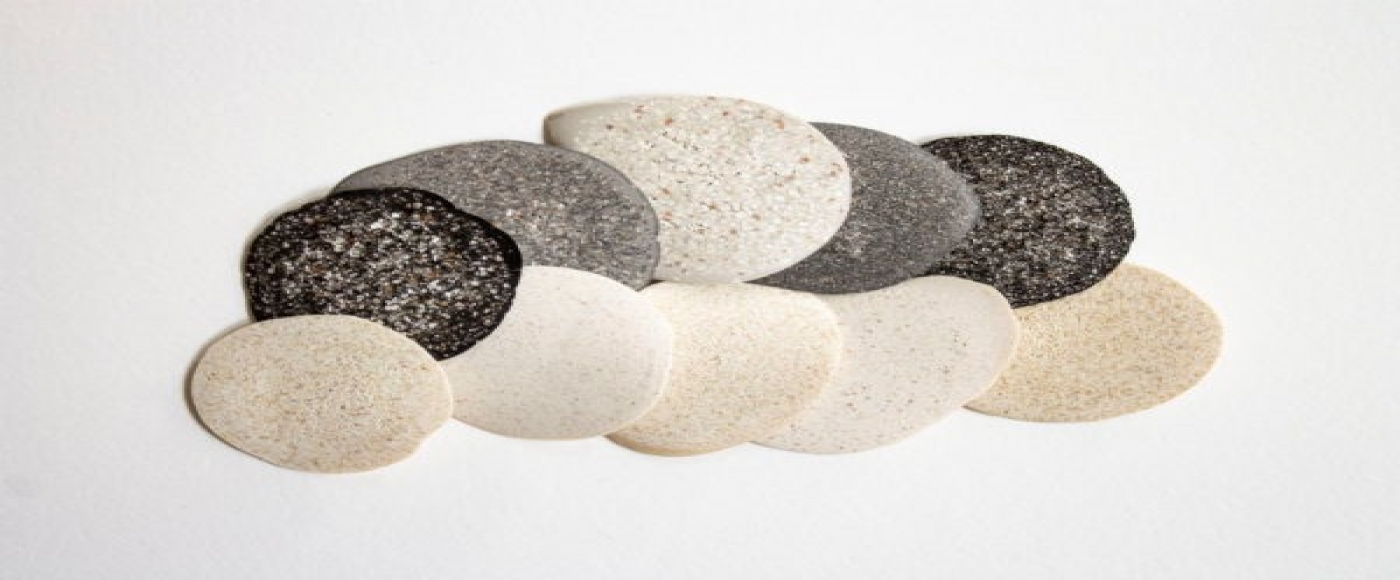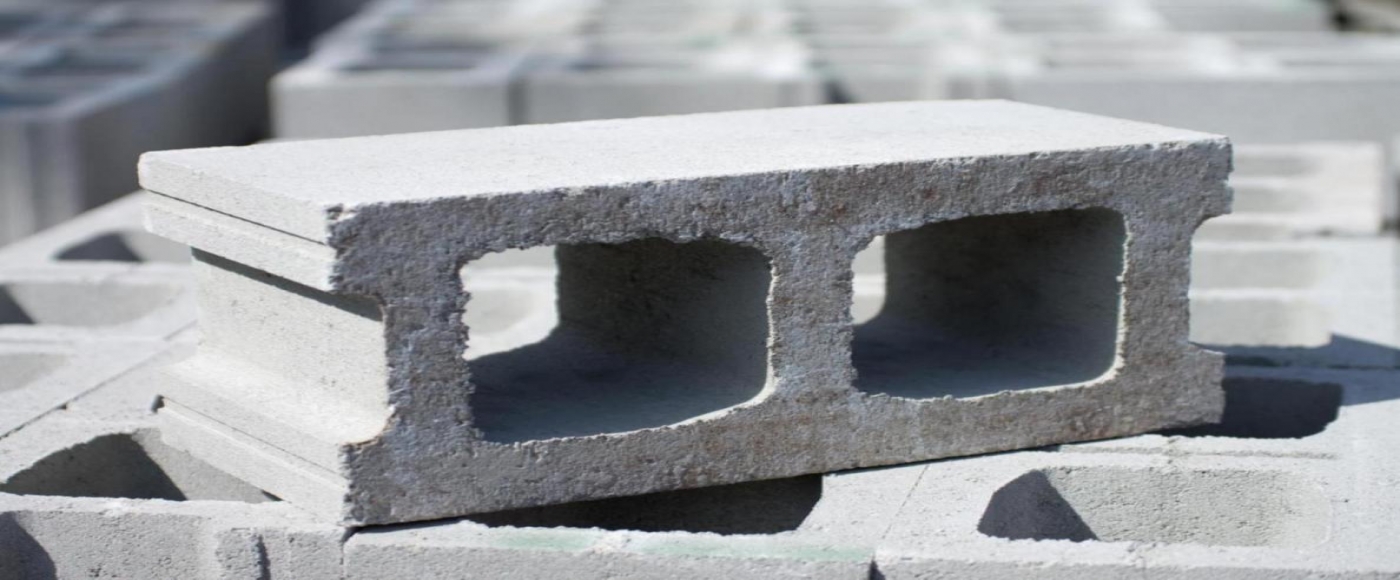AN ‘IMPOSSIBLE’ 2D MATERIAL STRONGER THAN STEEL
Researchers at MIT have developed an ‘impossible’ material: a 2D polymer that self-assembles into sheets and is stronger than steel.

Researchers at MIT have developed an ‘impossible’ material: a 2D polymer that self-assembles into sheets and is stronger than steel.
Usually, polymers, which include all plastics, form one dimensional, spaghetti-like chains made up of monomers. These chains grow by adding new molecules to their ends. Once formed, polymers can be shaped into 3D objects.
It has long been hypothesised that if polymers could be induced to grow into a two-dimensional sheet, they should form extremely strong, lightweight materials. However, the problem was that if just one monomer rotates up or down, out of the plane of the growing sheet, the material will begin expanding in three dimensions and the sheet-like structure will be lost. Therefore, making a sheet was impossible to do, until now.
In the new study, the MIT researchers came up with a new polymerization process that allows them to generate a two-dimensional sheet called a polyaramide. For the monomer building blocks, they use a compound called melamine, which contains a ring of carbon and nitrogen atoms. Under the right conditions, these monomers can grow in two dimensions, forming disks. These disks stack on top of each other, held together by hydrogen bonds between the layers, which make the structure very stable and strong.
This process makes a sheet-like molecular plane, rather than a spaghetti-like molecule. Because the material self-assembles in solution, it can be made in large quantities by simply increasing the quantity of the starting materials.
The new material takes much force to deform, between four and six times greater than bulletproof glass. It is also twice as strong as steel, even though the material is just one sixth the density of steel. The material could be used as a lightweight, durable coating for car parts or cell phones, or even as a building material for bridges or other structures.
Others:

REPLACING SAND WITH GLASS WASTE IN CONCRETE 3D PRINTING

CERAMICS MADE OF EGGSHELLS
Vietnam’s Hospitality Real Estate – Time to rebuild

HoSkar Night - Networking Redefined

10 Stone types be used for construction



